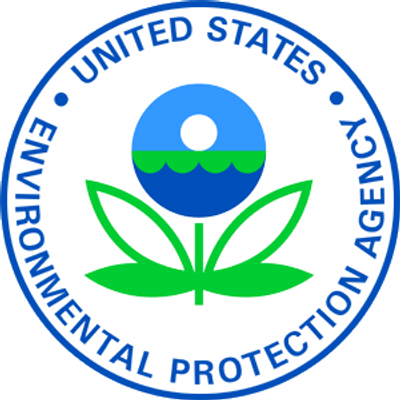The Trump administration is all about deregulation. Granted, there are some federal regulations that are not necessary but there are a lot of regulations that were created to protect human health and the environment. The EPA has been dumping regulations that are intended to protect air and water. They have even considered rejecting scientific findings that argue against their orgy of regulation cutting. In addition, they are halting some efforts to revise existing regulations. I am very concerned about this trend, especially when it involves the primary subject of this blog.
On the day before Donald Trump was sworn in on January 20 of 2018, proposals for revision of Health and Environmental Protection Standards for Uranium and Thorium Mill Tailings (40 CFR 192) were submitted by the outgoing Obama administration. The proposed revisions were to standards used to regulate byproducts produced at uranium mines by in situ leaching (ISL). These changes are to standards for protecting groundwater and site restoration projects.
ISL is a mining process used to recover minerals such as copper and uranium through boreholes drilled into a deposit, in situ. “In situ” is Latin and it means “in place.” ISL works by artificially dissolving minerals occurring naturally in a solid state. Acids or carbonates are used to dissolve the minerals. There are environmental concerns about the leaching solution getting into the groundwater.
The EPA said that there were three reasons that it was withdrawing the proposed rule changes. The first reason given was that the agency was concerned that it did not have the proper authority under the Uranium Mill Tailings Radiation Control Act to make changes to the standards. These issues had been raised by involved parties including the Nuclear Regulatory Commission. The second reason is that they believe that current regulatory structures are able to protect public health and the environment at existing ISL facilities. The third reason that the proposals were withdrawn was that the projected higher volume of ISL license applications did not, if fact, arrive. The agency said “Therefore, there is less need for the rule, which was intended to provide a more workable and efficient approach for addressing these expected new applications, compared to existing mechanisms.”
A few days ago, the acting EPA administrator said, “In a rush to regulate during the waning hours of the previous administration, the Agency proposed a regulation that would have imposed significant burdens on uranium miners and the communities they support. Today's action is an important step in rebalancing EPA's role with the Nuclear Regulatory Commission's with respect to protecting public health and the environment alongside supporting modern methods of uranium extraction.”
The Chairman of the Senate Environment and Public Works said, “The Nuclear Regulatory Commission - our nation's principal nuclear regulator - has said there is no health or safety justification for EPA's midnight rule. The NRC has regulated in situ uranium recovery for nearly 40 years. The agency has never found an instance of ground water contamination that would be addressed by this rule. I'm glad the Environmental Protection Agency has acknowledged this reality. I applaud it for withdrawing this punishing and unnecessary regulation on America's uranium producers.”
This Withdrawal of Proposed Rule will be effective on the day that it is published in the Federal Register.
